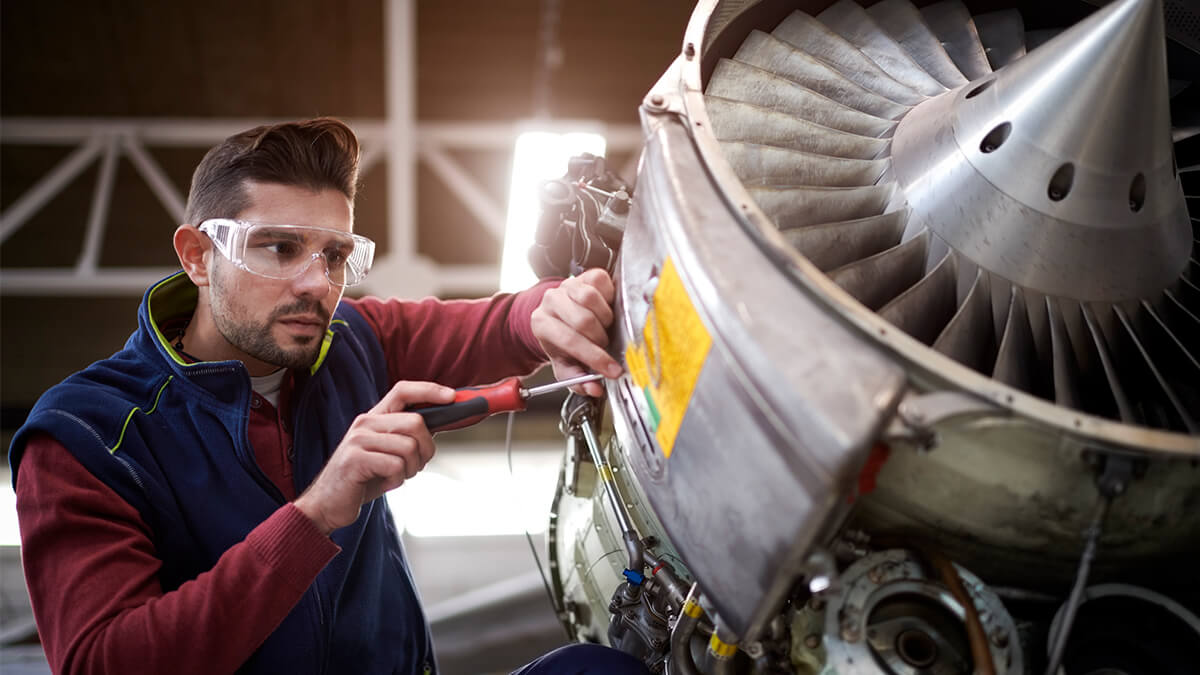The effects of Industry 4.0 in many industries have already been seen, with improvements to existing value propositions emerging, or entirely new ones being developed. In aviation, digital technology has already fundamentally changed the airline industry landscape.
Reaping the benefits:
The chief economic benefit is drastic cost savings. This may be through the minimization of scrap levels and plant downtime due to maintenance through having ‘smart’ equipment that can detect when maintenance is required. On a business level, the deluge of data available would allow for more data-driven decisions to be made, such as being able to determine the minimum efficient scale for their production facilities.
Manual approaches to composites manufacture have generally been used due to its complexity, making it more difficult to justify the high cost of automation. Digital technology has given rise to new value capture models in other industries, such as Software-as-a-Service, so is there an opportunity for Manufacturing-as-a-Service?
Taiwan: Supporting the Next Generation of Aerospace Manufacturing
As the fourth largest exporter of machine tools and components in the world, Taiwan has averaged $4 billion in exports per network of more than 1,000 precision machinery manufacturers and more than 10,000 upstream suppliers over the last few years. The greater Taichung area is home to a significant machine tool and component industry cluster, enabling global companies to meet their needs in a central location. The supply chain covers key parts and components for sectors including machine tools, dies and molds, controllers, sliding rails, clamping fixtures, metal cutting and milling tools, power components and transmission components.
60 Production Lines of Surgical Masks in 25 days
At the time of this writing, Taiwan had reported only 441 conformed cased of the coronavirus. According to TIATRA, one theory for this relatively low number is that Taiwanese machine tool manufacturers were able to unify their experience to reduce the time it took to get 60 mask production lines up and running from six months to just 25 days. With these 60 lines, the number of masks produced in Taiwan reached 10 million daily by mid-March. TIATRA reports that this is strong evidence that Taiwan's manufacturing industry is more than competitive, which has enabled the island to react quickly to the crisis and make up for the shortfall in face masks.
Global and Taiwan Aerospace Industry
A forecast by Boeing and Airbus suggested the global aerospace industry still has another $5 trillion in growth capacity over the next 20 years. And, according to PricewaterhouseCoopers’ 2017 report, Taiwan ranked sixth in aerospace manufacturing attractiveness. Taiwan has both manufacturing and MRO capabilities to supply Airbus, Boeing and other global aircraft builders. Its output in 2019 totaled $4.499 billion thanks to the full support of Taiwanese machine tools builders, reports TIATRA. With sights set on the global aerospace industry, Taiwan has begun to develop intelligent machine models capable of processing intricate designs autonomously.



.jpg)










.jpg)